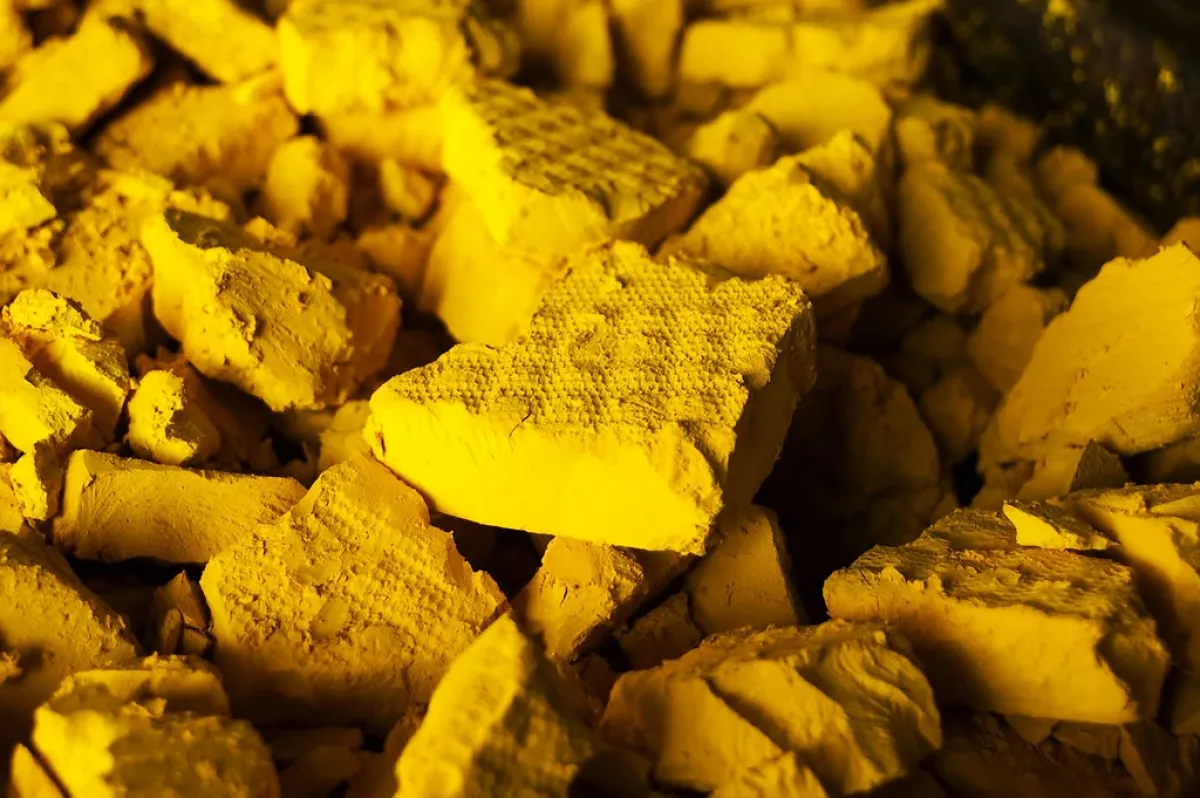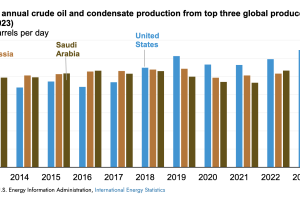Uranium is indeed heating up…

Uranium’s Bold Frontier: The investment luring banks and funds to nuclear frontiers, and more…
The hot commodity…
Uranium has become a red-hot commodity for big players in finance, with investment banks like Goldman Sachs and hedge funds jumping into the fray as prices hit 16-year highs.
But what’s the scoop on physical uranium, and how are these financial giants navigating the nuclear landscape? Here’s the lowdown:
→ These funds are plunging into uranium oxide concentrate, affectionately known as yellowcake, employing savvy strategies to secure their slice of the pie.
→ Yellowcake, born from milling and chemical processes, isn’t quite nuclear-ready—it requires further processing or enrichment.
→ And of course, mastering the regulatory maze is crucial, given uranium’s dual potential for energy and weaponry.
When it comes to storage, it’s a privileged few: Canada’s Cameco, the U.S.’s ConverDyn, and France’s Orano control access to the uranium vaults.
Currently, financial institutions hold a hefty 113 million pounds of uranium—a stash capable of fueling nuclear plants globally for a significant stretch.
Now, let’s meet the key players:
Sprott Physical Uranium Trust: Leading the charge with 63.6 million pounds, Sprott is making major waves in the uranium market.
Yellow Cake: London-listed Yellow Cake plc, boasting 20.2 million pounds, has struck a sweet deal with uranium giant Kazatomprom, ensuring a steady supply.
Zuri-Invest AG: Switzerland’s Zuri-Invest offers the Uranium Actively Managed Certificate, keeping their holdings under wraps.
ANU Energy: Armed with $74 million in seed funding and backed by Kazakhstan’s power players, ANU Energy is eyeing a substantial expansion.
Low-carbon fuel
Uranium’s potential as a low-carbon fuel has taken center stage, with global energy consumption projected to surge by up to 18% by 2030 and 39% by 2050. These forecasts underscore the growing demand for diverse energy sources, including nuclear power. Recent discussions at the International Symposium on Uranium Raw Material shed light on the critical role uranium will play in meeting future energy needs sustainably.
As new nuclear power technologies evolve, such as those ① utilizing less uranium or ② repurposing nuclear waste, there may not be a proportional increase in demand for mined uranium. Nonetheless, industry experts anticipate a surge in demand, prompting exploration into innovative methods for tapping into uranium resources.
Uranium from seawater
One such method gaining traction is the extraction of uranium from seawater. With over four billion tonnes of dissolved uranium, seawater represents a vast, environmentally friendly, and sustainable reservoir to supplement traditional mining activities. Although commercialization remains a challenge due to cost considerations, advancements in extraction technologies offer promising prospects for the future.
Small modular reactors (SMRs)
Efforts to enhance uranium efficiency are also underway, particularly with the rise of small modular reactors (SMRs). These reactors offer flexible power generation options and could potentially reduce uranium requirements for the same output. The widespread deployment of SMRs could revolutionize uranium demand dynamics, ushering in a new era of nuclear energy sustainability.
In addition to technological advancements, effective resource management practices are essential to ensure the long-term viability of uranium production. Collaborative initiatives between organizations like the IAEA and UNECE aim to address socioeconomic, technological, and environmental considerations in uranium resource management, paving the way for a sustainable nuclear future.
Indeed, uranium is heating up, and the stakes are higher than ever.
* → Greedflation: presents an intriguing departure from conventional economic explanations of inflation.This concept suggests that profit-oriented businesses hold a substantial influence over the inflationary pressures experienced within economies. This novel perspective gains traction in the backdrop of current economic trends, particularly in regions like Europe and the United States.
However, the “greedflation” concept prompts us to question whether assigning inflation solely to corporate avarice paints an accurate picture or oversimplifies a complex economic reality.
TRENDING ORIGINALS
Never Miss What’s Happening In Business and Tech
Trusted By 450k+ Readers







